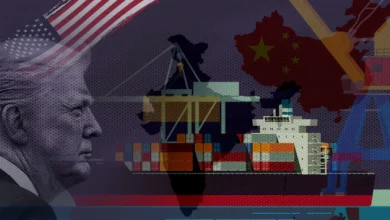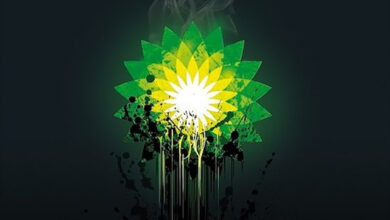Government Trying Hard To Control Economy & Inflation, But Lack Of Education, Knowledge & Experience Making It Impossible For them
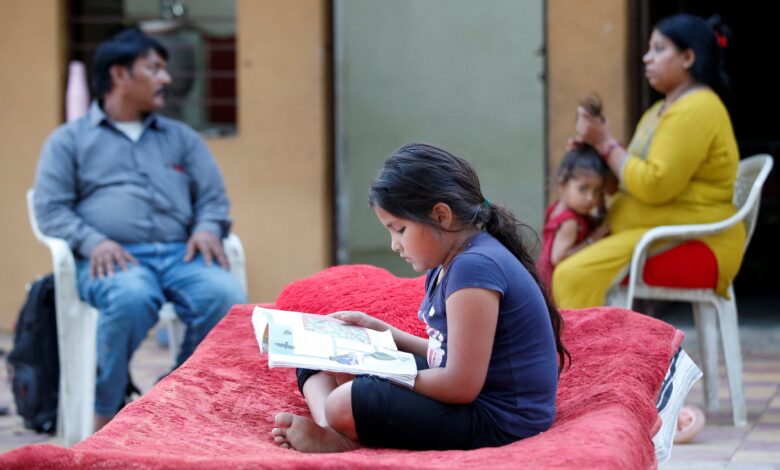
Government Trying Hard To Control Economy & Inflation, But Lack Of Education, Knowledge & Experience Making It Impossible For them.
The current inflationary pressures are a result of several factors, including high global commodity prices, notably those for crude oil, the rupee’s devaluation, and supply chain disruptions brought on by China’s continued lockdowns. Concerns about how inflation would affect macroeconomic stability should be held by the central government.
The nation has previously seen harsher inflationary conditions. However, the Consumer Price Index (CPI) increase in April to 7.8% is the largest since May 2014. Voters’ anger at the United Progressive Alliance (UPA) government in its second term was prompted, in part, by high inflation (2009-14). Inflation-related news has been scarce during the first term of the Narendra Modi-led National Democratic Alliance (NDA) government (2014–19) during the COVID periods. But since then, the unabated price increase has once more become a significant social problem.
The Finance Ministry’s monthly economic analysis for April said that “While inflation is likely to be elevated in 2022–2023, mitigating measures taken by the Government and RBI [Reserve Bank of India] may lessen its length. Evidence-based consumption trends further show that inflation in India affects low-income groups less than high-income ones. It’s hardly surprising that a post about this sparked widespread mockery on social media, prompting the Finance Ministry to deny it.
“In a Tweet, the Union Finance Minister @nsitharaman is depicted, and it is said that she said, “Inflation would hurt the rich more than the poor in 2022.” The Claim is unfounded. The fact-checking unit of the Press Information Bureau said on its Twitter account, “@FinMinIndia has not provided such comment. However, the preceding quote from the official report of the Finance Ministry is still valid.
Rising living expenses
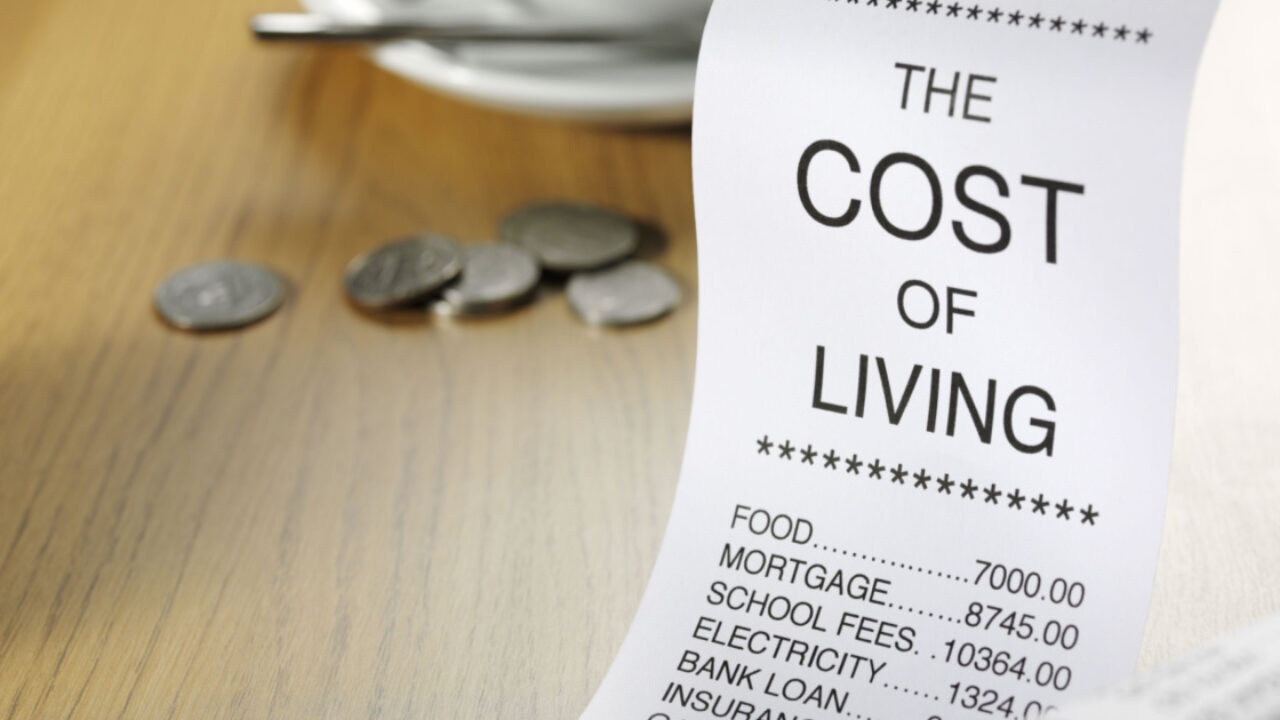
This prompts the query of who stands to gain and lose from the inflation game. The losers are simpler to spot. Consumers will be required to pay greater costs for products and services, particularly low-income and common people. In other words, if their income stays the same, they can only spend as much as they could before inflation. Their actual earnings have decreased. Another crucial component of the post-COVID situation must be kept in mind.
The national income has hardly returned to its pre-COVID levels, and the predicted increase for this year has been lowered to about 6%. The unorganized sectors were significantly impacted by the economic crisis that has happened since demonetisation, which pushed the economy to 3% growth on the eve of COVID. With COVID, the problem grew worse. The disparities have grown astonishingly. Additionally, the COVID period’s family debt would reduce disposable earnings. For these reasons, the poor’s standard of life and welfare would be severely impacted by the present inflation. Deeply felt is the current inflation.
Consumer Price Index
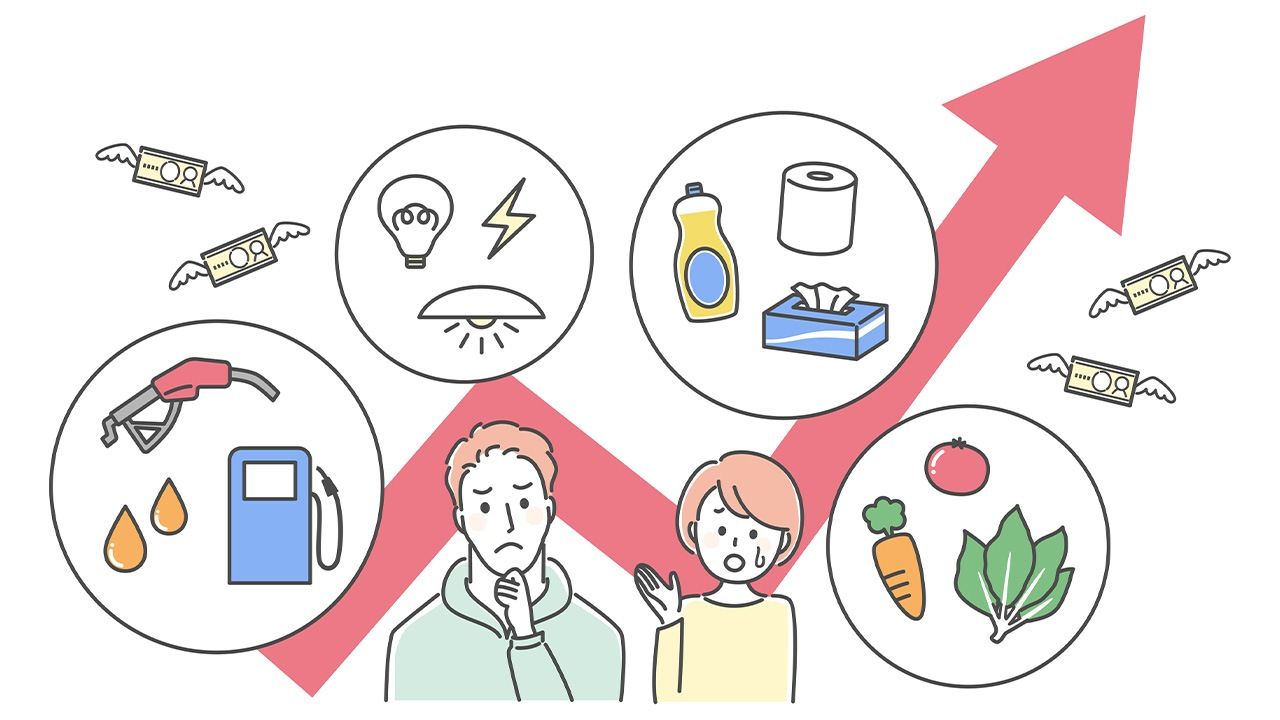
Consumer price indices are published by the National Statistical Office (NSO) and the Labor Bureau to assess the effects of price increases on various consumer groups. The NSO’s CPI is the most comprehensive estimate of how inflation is affecting consumers as a whole.
Retail prices of the necessary goods and services are gathered, and indexes are created using the prices from 2012 as the base year. They are given weight in proportion to how important they are in the overall consumption basket. The consumer price index would be determined using the weighted average.
The food and beverage category, which makes up approximately 46% of the total, is the biggest component. Cereals and goods make up the majority of this category, accounting for 10% of the total. With weights of 6.5%, 10%, and 6.8%, respectively, housing, clothes and footwear, and fuel are other crucial factors. Education and health services make up 10.4% of all services, while transport and communication services make up 8.6%.
Food costs
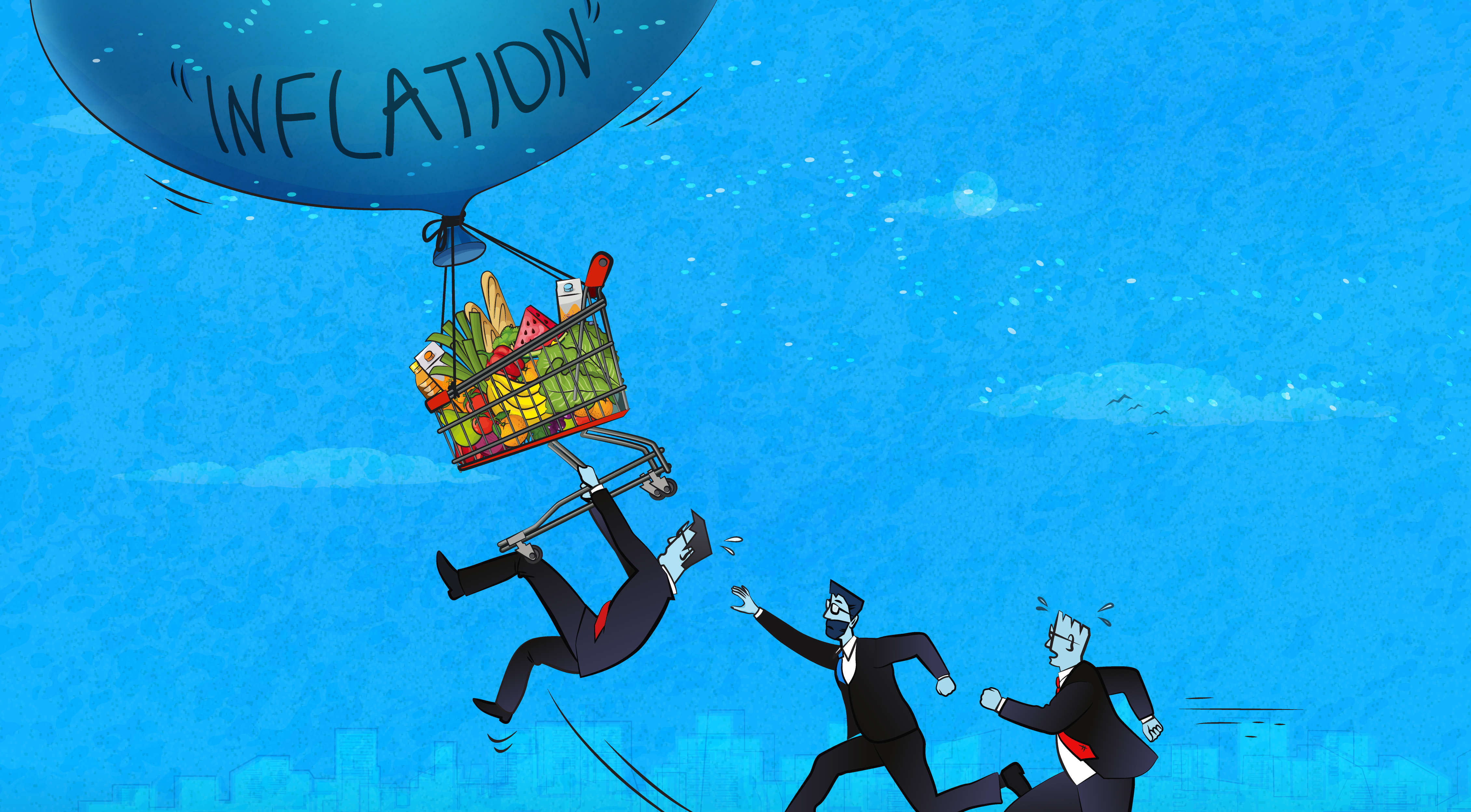
Fuel, food, particularly vegetables, spices, oils/fats, and home services have been the main causes of the CPI’s rise. From 7.68% in March to a 17-month high of 8.38% in April, food price inflation skyrocketed. Prices for products like cereals and other food items reached a 21-month high in April of 5.96%, mostly due to poor procurement and unrestricted wheat exports. The poorest people suffer the most when they spend a bigger portion of their money on these items.
Because of rising gasoline costs, inflation in the transportation and communication sector climbed to 10.91% in April from 8% in March. There have been 23 months in a row with inflation exceeding 6% as it rose to a 115-month high of 8.03 per cent for other goods and services. Additionally, the price of healthcare and education services has gone up. Every aspect of consumer spending is under inflationary pressure.
Fuel prices
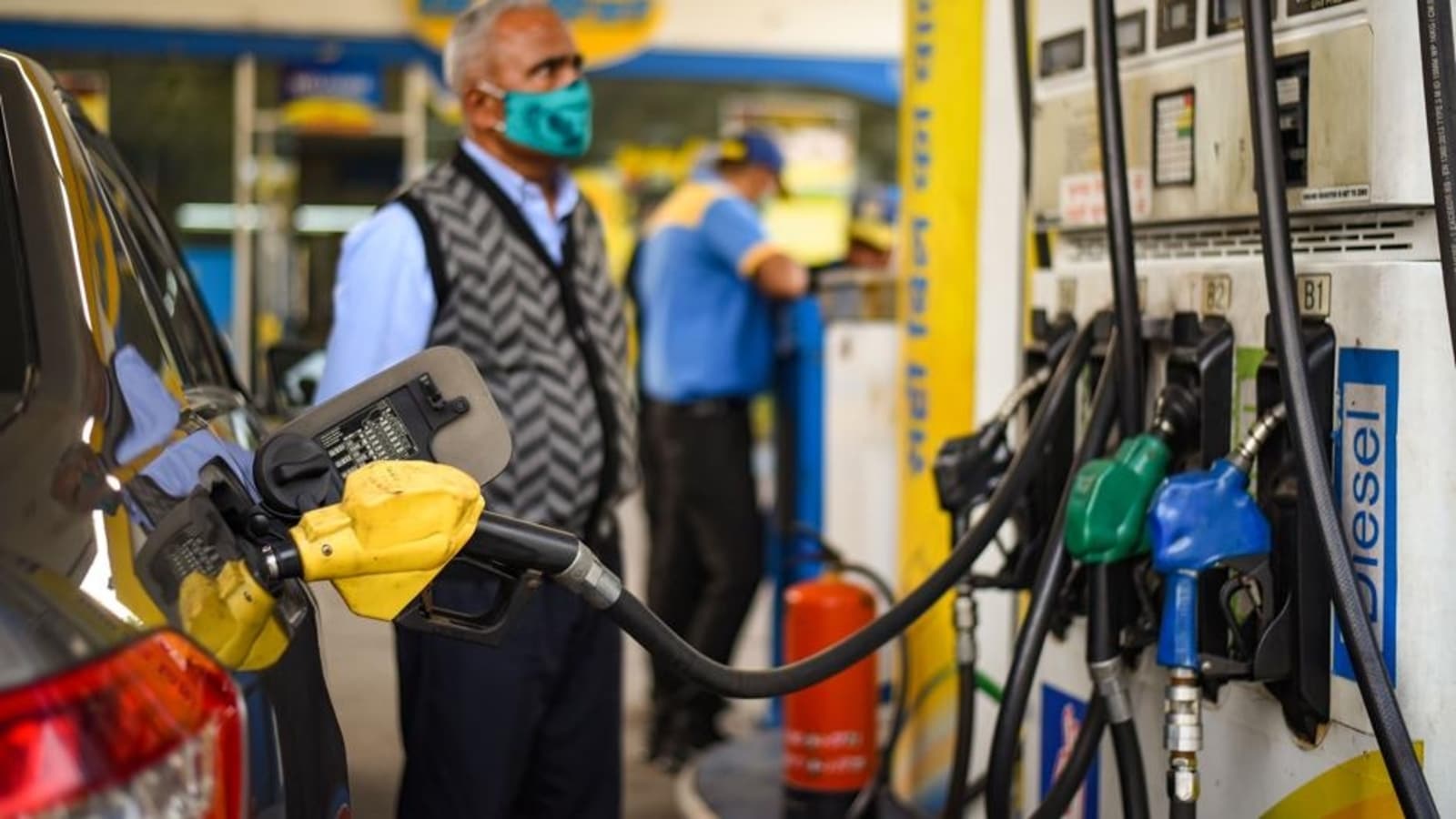
The overall impact of inflationary pressures on the economy has been aided by the continuance of high and increasing oil and coal prices. This result was unavoidable sooner or later since petroleum is a fundamental, intermediate product. The increase in crude oil prices, which is unquestionably the main cause of fuel inflation, must be considered in the context of the Indian government’s budgetary strategy. The country’s tax-to-GDP ratio has tended to stagnate in recent years as a result of significant corporate tax breaks and a resource mobilization strategy that places an increasing emphasis on indirect taxes.
Increasing the taxes on inelastic petroleum items was seen as an appropriate solution following the GST (goods and services tax) debacle. Undoubtedly, it was a surgical hit. Since 2014, there have been 12 tax increases on gasoline and diesel. The consequence was a nearly three-fold rise in the gasoline tax (from Rs. 9.4 to Rs. 26.77) and a nearly nine-fold increase in the tax on diesel (from Rs. 3.56 to Rs. 31.47). There is no precedent for such a callous and astonishing increase in the tax rate on any good in Indian financial history. As a consequence, from Rs.1.72 lakh crore in 2014–15 to Rs.4.5 lakh crore in 2020–21 and Rs.4.16 lakh crore in 2021–22, the petroleum sector’s income surged.
Throughout its eight-year term, the Modi administration has collected a total of Rs. 26.52 lakh crore in petroleum taxes. Given that India has around the same number of households overall (24.67 crores, according to the 2011 Census), it is likely that each home there paid an average petroleum tax of Rs. 1 lakh. Poor people have been looted. From 0.8% in 2014–15 to 1.9% in 2020–21, the central government’s petroleum tax as a percentage of GDP grew.
Rigged markets
Fortunately for the NDA regime, the decrease in global crude oil prices occurred at the same time as its ascent. To prevent the benefits of decreased crude oil prices from being passed on to consumers and instead being collected as greater tax revenue, the tax escalation was adjusted. Because there was no rise in retail prices, the demonstrations were rather quiet. The tax was mercilessly increased even throughout the COVID era.
However, the Central government resisted lowering the tax as the price of crude oil started to firm up internationally until the threat of inflation out of control became apparent. For fuel and gasoline, the taxes were lowered by Rs. 10 and Rs. 5 per litre in November 2021, respectively. The taxes on fuel and gasoline were decreased by Rs. 6 and Rs. 8 per litre, respectively, when the April CPI numbers were made public in May 2022. The administration has yet to reverse the whole increase in fuel taxes that took effect in 2014.
The Narendra Modi administration is holding to an extra tax of Rs. 12.27 for gasoline and Rs. 10.47 for diesel even as the threat of a price spiral looms.
Generalized price rise
The price of crude oil and other commodities will probably stay high as long as the Ukraine war rages. The effects of China’s ongoing lockdowns on the supply chain are also expected to make things worse. Consumers would eventually bear the increased burden placed on consumer product producers as a result of higher input prices. As a result, there would be a generalized inflationary scenario, and inflation would extend to industries producing manufactured goods.
The rupee’s devaluation is another factor driving up the price of inputs. The exchange rate has decreased from almost Rs. 64 to a dollar to Rs. 78. As a result, importers would now have to pay Rs. 78 to bring in the same quantity of goods or services that they paid Rs. 64 for in 2014.
Trends in the Wholesale Price Index (WPI) are a sign that the aforementioned result will occur. Contrary to the CPI, the WPI concentrates on inputs rather than consumer goods and represents the wholesale pricing of commodities. The WPI has consistently been higher than the CPI, and in April 2022, it hit a 30-year high of 15.08% due to a general increase in prices across all market groups. Over the last 13 months, the WPI has seen double-digit inflation. Crude oil and gasoline costs have increased by almost 60% year over year, causing the power basket’s inflation rate to reach 39%.
The percentage of manufactured goods was 11%. Manufacturers may short-term sacrifice their earnings to absorb high and persistent input prices, but in the long run, this will negatively impact their ability to produce goods.
The winners from inflation
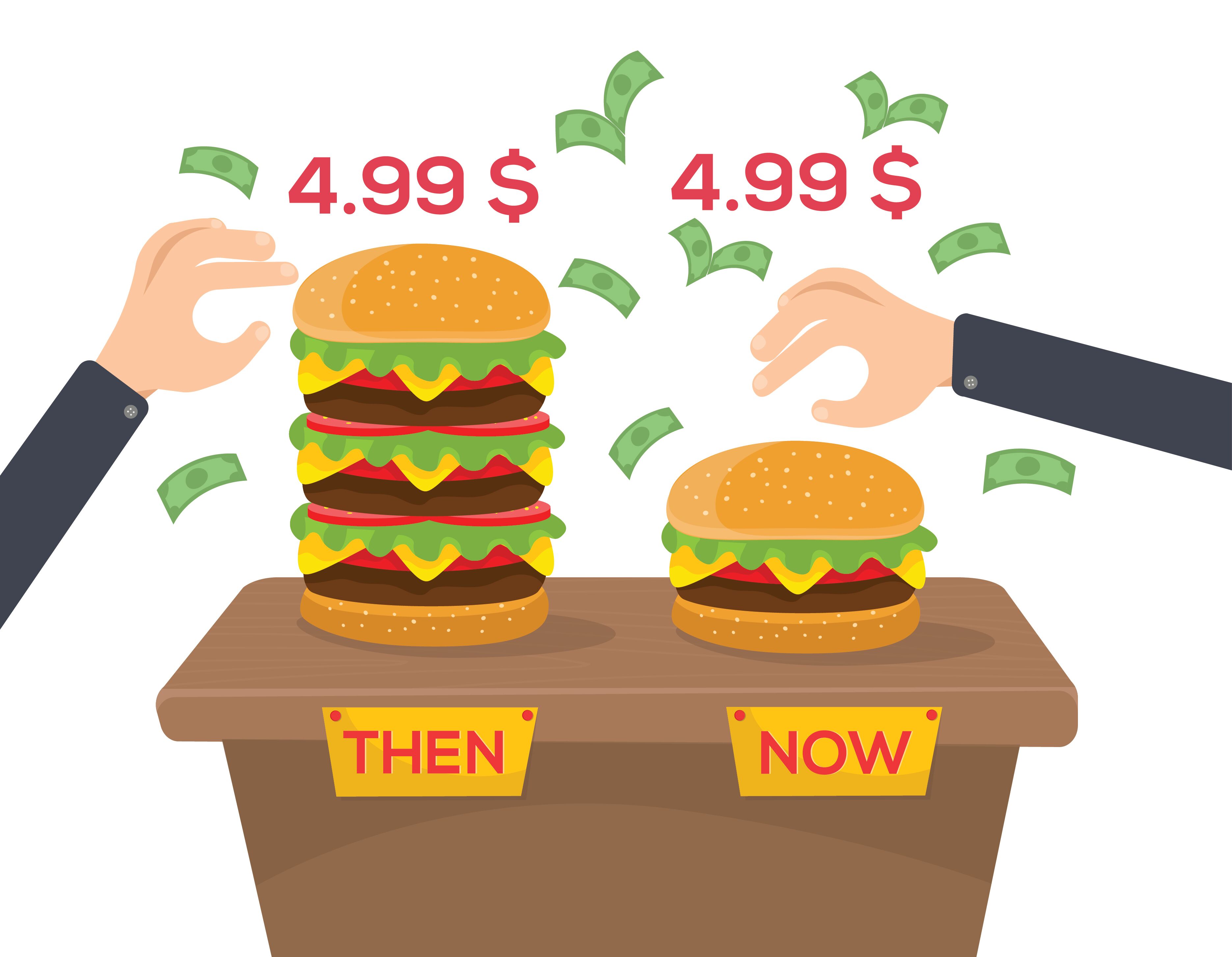
The sellers—the dealers and manufacturers—would have to get a sizable share of the money from the final buyers, the consumers. The process of inflation involves shifting money from purchasers to sellers. The primary producers whose markets are governed by the former are extremely unlikely to profit from the commodities boom. Additionally, as our brief review of oil prices has shown, the government stands to gain as well. However, both the populace and the nation stand to lose.
In contrast to the almost 1 million people who fall into extreme poverty every 30 hours, one billionaire is reportedly born every 30 hours, according to a new Oxfam report titled “Profiteering from Pain.” The system is so skewed that the wealthy benefit while the underprivileged suffer, whether it is a COVID-linked recession or post-COVID inflation.
An RBI intervention
The relationship between supply and demand factors determines the price. The Reserve Bank of India has been the dominant force attempting to control prices thus far, with its monetary policy serving as the primary tool. The RBI has been adhering to a low-interest rate and cheap money policy to sustain weak demand and assure growth. It held onto this stance for a very long time, based on the benevolent assumption that the retail inflation rate would stay below the upper bound of its objective of +/-2% of the typical inflation rate of 4%. The RBI has to quickly change its monetary stance after the Monetary Policy Committee (MPC)’s April meeting to face the harsh reality of inflation.
The MPC decided on May 4 during an unexpected meeting to retain its accommodative posture while raising the repo rate from 4% to 4.4% and the cash reserve ratio from its current level of 4% to 4.5%. It marks the start of an effort to reduce excessive liquidity in the economy to keep inflation under control. The measures implemented during the previous two years will undoubtedly be overturned in the upcoming months, and the monetary policy will return to its pre-COVID moorings.
Need for supply-side action
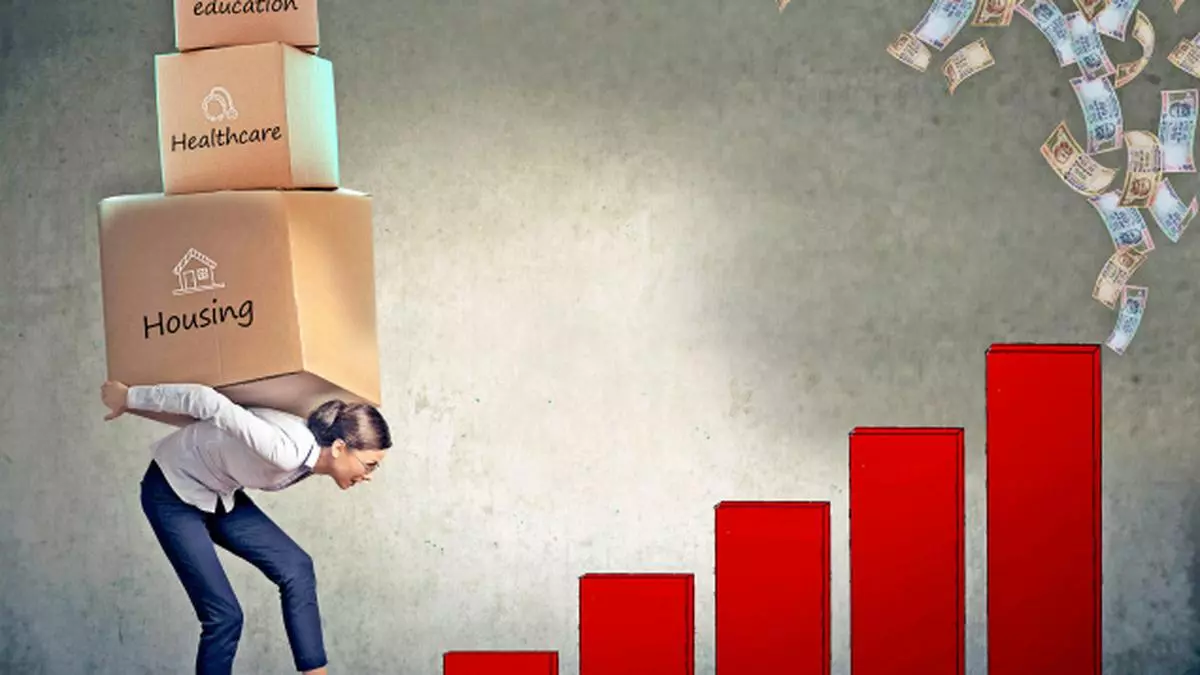
The method described above implies that excess demand plays a significant role in causing inflation. However, the supply-side restrictions driving up the price are more significant. Rather than the traditional demand-pull inflation, it is more of cost-push inflation. The attempt to limit demand will have severe negative effects on growth. It may impede healing.
Therefore, the supply side must act with greater vigour. All extra taxes levied on petroleum goods must be paid in full. The public distribution system has to be reinforced, and cereal procurement must be expedited. Competition has to be encouraged while business house cartels’ oligopolistic pricing practices are reduced. It should be noted that retail costs are significantly cheaper in Kerala and Tamil Nadu than they are in the rest of the nation due to their stronger public distribution networks.
A danger to stability
Inflation has significant effects on economic stability as well as distribution and growth. The depreciation of the rupee, which resulted in imported inflation, has been significantly influenced by high inflation. The rupee is already at a historic low and is moving from Rs.64 in 2014 to Rs.78 in today’s market. Following a rapid increase in foreign capital inflow over the last four years, we are now witnessing international investors withholding money, which is causing foreign exchange reserves to deplete. Inflation accelerating means there is no hope of reversing the new trend.
The consequences of inflation for macroeconomic stability should worry the Central government, even if its distributional effects are not a major concern. There is little likelihood that the 1991 events, in which planeloads of gold had to be transferred to London to pay for foreign exchange, will occur again. However, difficult times are coming.
The conclusion
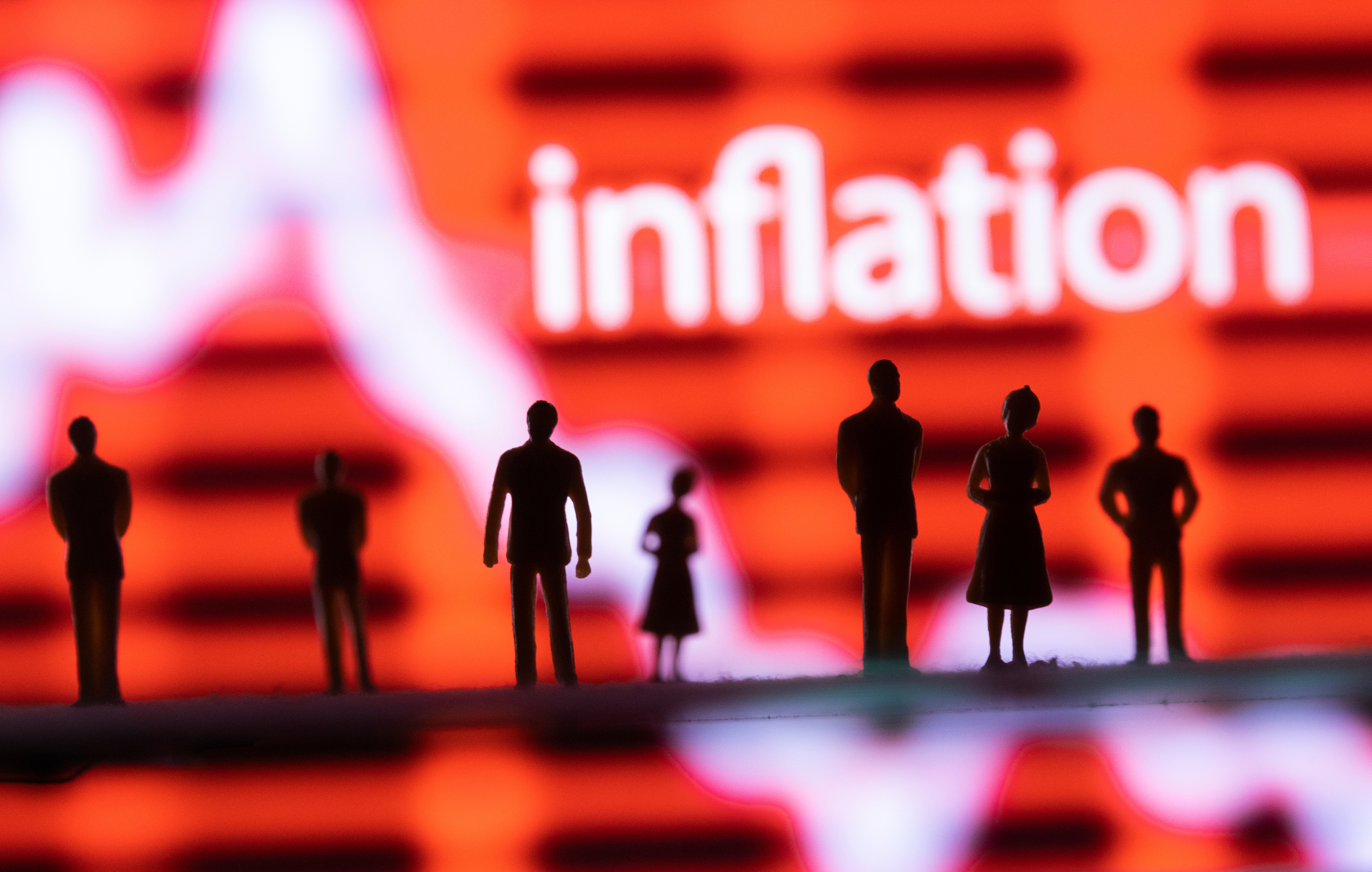
The knowledge and skills of the working force make up a significant portion of what determines company and economic growth. Economies with a sizable pool of skilled workers, produced through both formal education and vocational training, are frequently able to take advantage of this by expanding higher-value sectors like high-tech manufacturing. Through laws and employment initiatives, nations must guarantee that all of their residents have access to the education and training that can advance individuals, businesses, and the economy as a whole.
Edited by Prakriti Arora

